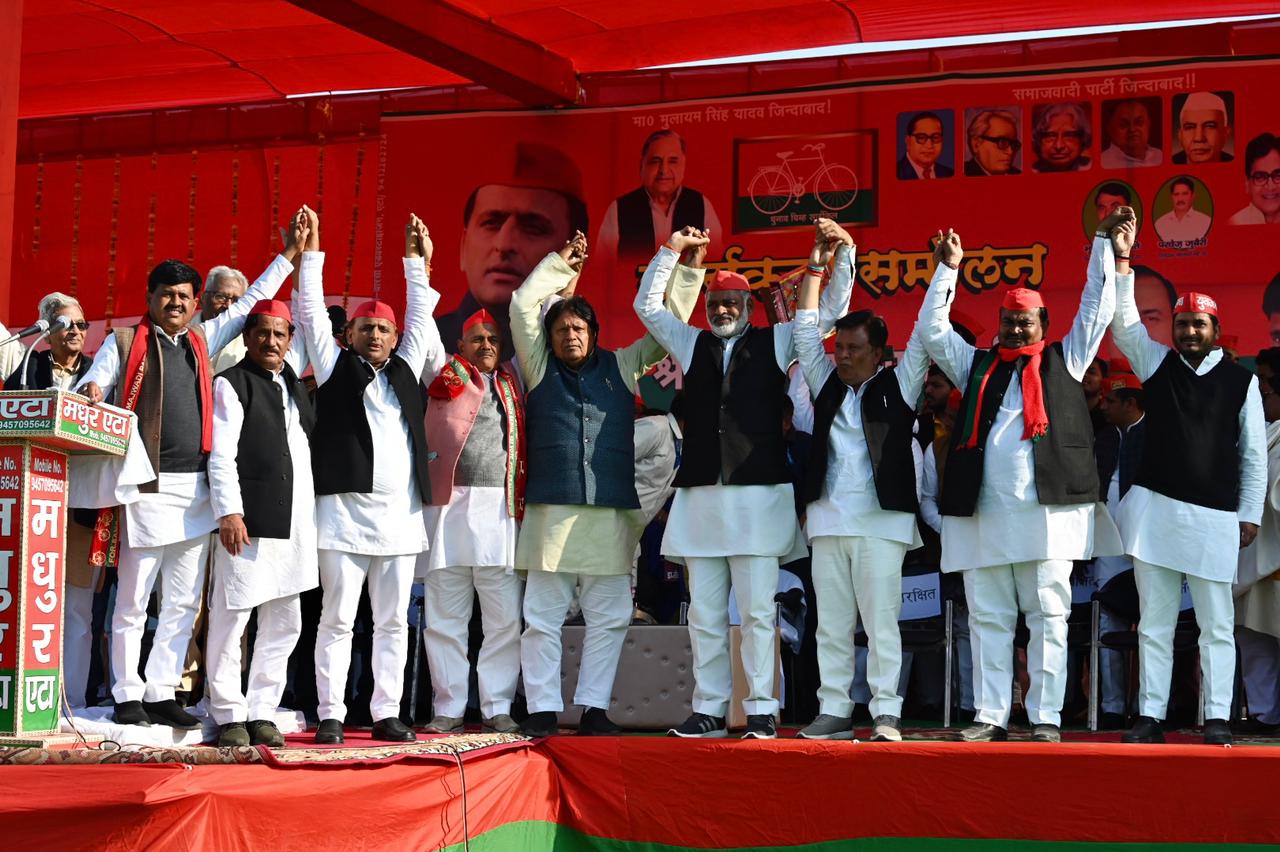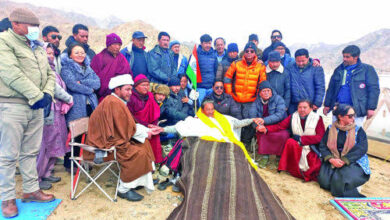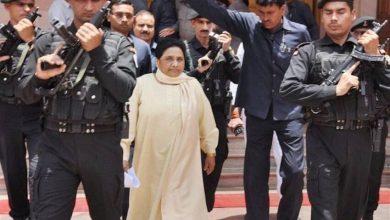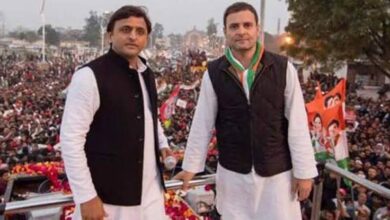The Return of Mandal Rhetorics in UP Politics
Supriy Ranjan and Pankaj Kumar,
Mandal politics signified a paradigmatic shift in Indian politics. It completely changed the physicality as well as the language of doing politics. The Parliament and state assemblies, for the first time, mirrored cleavages and antagonisms of Indian society. It is in this sense that Mandal politics signified the deepening of democracy in India. While much analysis has focused on the representational democratization that this politics brought in. The change in the languages and idioms of doing politics has received scant attention.
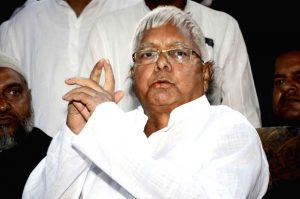
Leaders like Lalu Prasad Yadav became the epitome of such a new brand of politics. Vernacular performativity and rhetorics took center stage during election campaigns and debates within the assembly. However, such kinds of doing politics appear to have run out of steam among the heirs of Mandal politics. Nonetheless, mandal rhetoric seems to be returning with the rise of Om Prakash Rajbhar and Swami Prasad Maurya in the Hindi heartland.
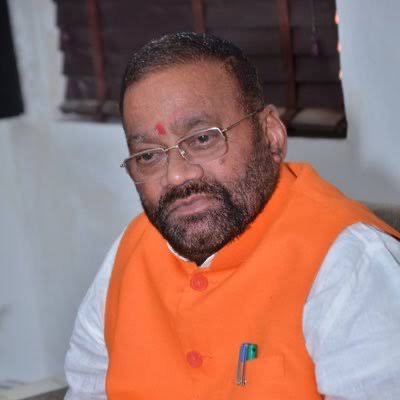
There are profound similarities between these two leaders. Both of them have a strong presence in Purvanchal; both of them are erstwhile leaders of BSP; both of them are street fighters, full-time politicians, and rose to prominence due to their sheer struggle; and both of them enjoy a good command over their respective caste groups. No one can deny the fact it was a realignment of these two leaders with the SP that made SP a formidable force and generated a belief among the cadres that the invincible BJP could be dethroned. The fate of the SP alliance in the region largely depends on the performance of these two new entrants.
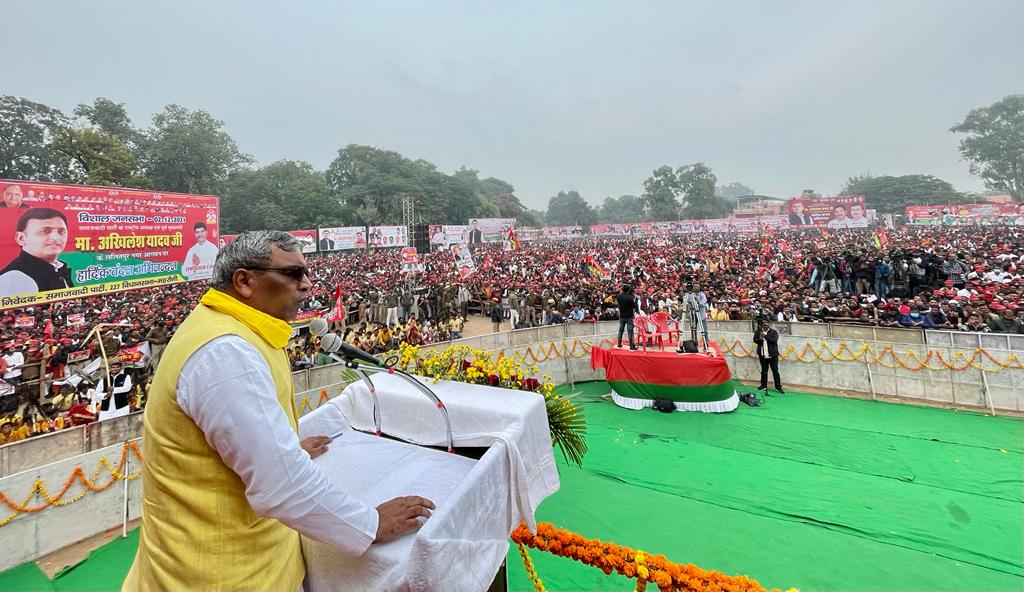
While both have aligned themselves with the Samajwadi bandwagon this time, their modalities and rhetorics seem to be at complete odds with their major alliance partners or its main leader. We identify ways in which modalities of doing politics of these two leaders marks a break with other leaders and parties in the current election season.
It would not be an exaggeration to claim that the fiery, energetic, and passionate speeches of these two leaders have added spark to an otherwise dull electoral campaign. The SP alliance seems to have deliberately devised a campaign in which two different styles of doing politics run parallel to each other. While Akhilesh Yadav has largely kept himself limited to those broad issues that cut across communities such as inflation, agrarian distress, unemployment, etc. Rajbhar and Maurya, on the other hand, have pitched aggressively for the issues and concerns of the Dalits and backward castes. The alleged violation of reservation norms in 69000 teachers recruitment, threat over reservation due to rampant privatisation, favouritism of yogi towards his own Rajput community, caste-based encounters of marginalised, and demand for a caste census anchors their campaign speeches. Most importantly, the force and power with which they raise these issues are rare to be found among the politicians of a new generation. They are not even hesitant to take on a particular community as their main political rival.
The identification of political enemies in sociological terms was one of the defining features of Mandal politics during the 90s. For example, the BSP’s slogan like tilak taraju or talwar inko maro jute char embodied a historical bloc of the oppressed against the traditionally higher castes. Slogans like these are rare these days. Electoral compulsions have forced parties to employ a catch-all formula, as evident in the transformation of BSP from raising demands of Bahujan to sarvajan.
Contrary to it, the formation of a historical bloc of oppressed is still the key to the politics of Maurya and Rajbhar. For example, in his inaugural speech while joining SP on 14th, January Maurya said:
Sarkar banawe Dalit our pichre , aur malai khawe wo log agre, panch fisdi log (Government is formed by Dalit and backwards, while the benefits are being accrued by the Upper castes who are merely 5%)
However, the return of the mandal style of politics is not limited to rhetoric only. Instead, it manifests in the issues and concerns as well. In a word, it signifies the return of Samman politics. While demands for dignity and self-respect were the central axis of Mandal politics, development seems to have overshadowed its centrality in recent years. Concerns of differentiated citizenship seem to have been eclipsed by the depoliticised discourse of development.
Historically, Mandal politics has worked as a bulwark against the Hindutva forces. There is no doubt that BJP’s aggressive Hindutva agenda has forced mainstream parties to reorient towards soft Hindutva. As a result, parties often seem to be silent on substantive issues and concerns of the Muslim minority. What is striking about both these leaders is the fact that they routinely try to puncture BJP’s idea of united Hindus by bringing the caste fault line to its fore.
The central question which haunts Indian politics in recent times pertains to the definition of Hindu identity and what constitutes Hinduism? BJP may have taken a lead in settling this question in its own political ways. Leaders like Rajbhar and Maurya are important because they try to unsettle this perennial question in their distinctive and vernacular ways.
Maurya repeatedly asks during rallies why the downtrodden become Hindus for BJP only during the elections. He even poses the question that such politics should be thrown away into the dustbin in which the majority of Dalits, backwards, are not considered to be Hindus and treated as inferior ones.
Akhilesh Yadav deliberately avoids using such aggressive language, which these two leaders routinely do. Maurya and Rajbhar can afford to be aggressive, for they have command over their respective communities. Being a caste specific outfit, they can go offensive, as they hardly aspire to be a catch-all party. An offensive campaign-style further galvanises their core voters.
To take on and decentre the BJP juggernaut, a fresh and broad-based social narrative is needed. To puncture the discourse of homogenising Hinduism, the return to the questions of social cleavages is indispensable. Both Maurya and Rajbhar not only pitch but embody the social antagonism which ruptures the hegemonic Hindutva narrative.


Supriy Ranjan and Pankaj Kumar,
are Ph.D candidates at CPS, JNU,
associated with Peoples Pulse, a Hyderabad based Research organization.
They can be contacted at ranjan.supriy@gmail.com and pankajkumar0316@gmail.com, respectively.

